Your Ultimate Guide to Adventure and Serenity: The National Parks in Hawaii
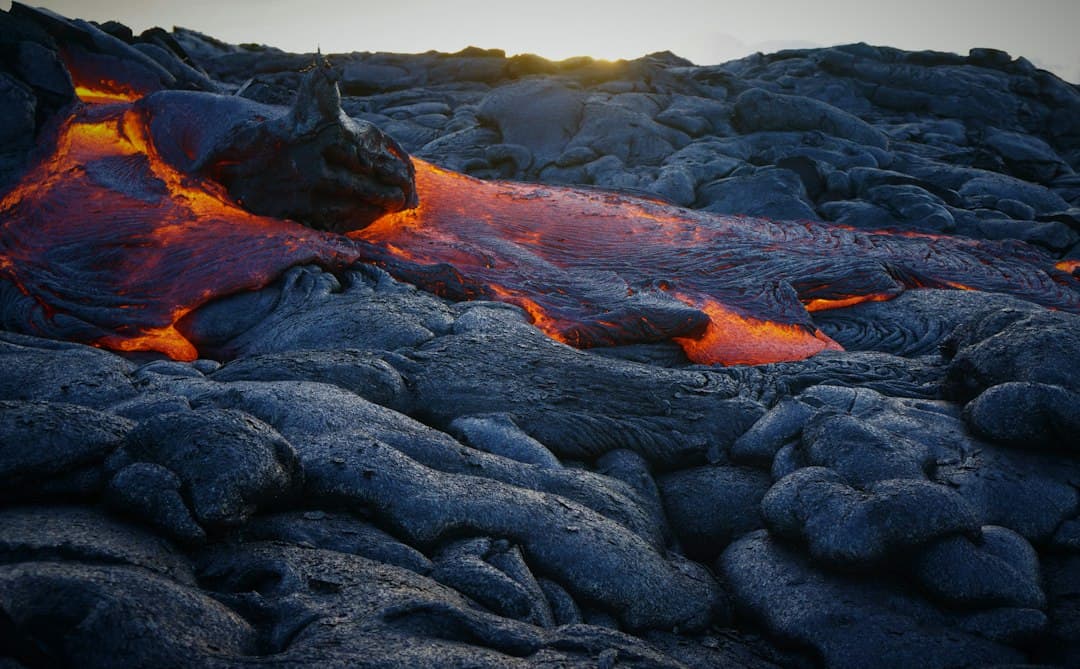
Exploring Hawaii’s national parks offers a peaceful yet adventurous experience.
Hawaii is a place where nature’s vivid hues blend seamlessly with rich cultural traditions to create a destination unlike any other on earth.
Hawaii beckons travelers with its irresistible allure, offering an array of experiences, from the thrill of surfing crystal-clear waves to the tranquility of sun-kissed beaches.
However, beyond its postcard-perfect shores and vibrant marine life lies a deeper journey into the heart of Hawaii’s majestic landscapes: its national parks.
These parks are not just areas of natural beauty; they are gateways to understanding the powerful forces that shape our planet and the ancient cultures that have thrived amidst lush forests and volcanic peaks.
👉 Plan your journey to the heart of Hawaii’s National Parks with Skyscanner.
Hawaii’s National Treasures: An Overview
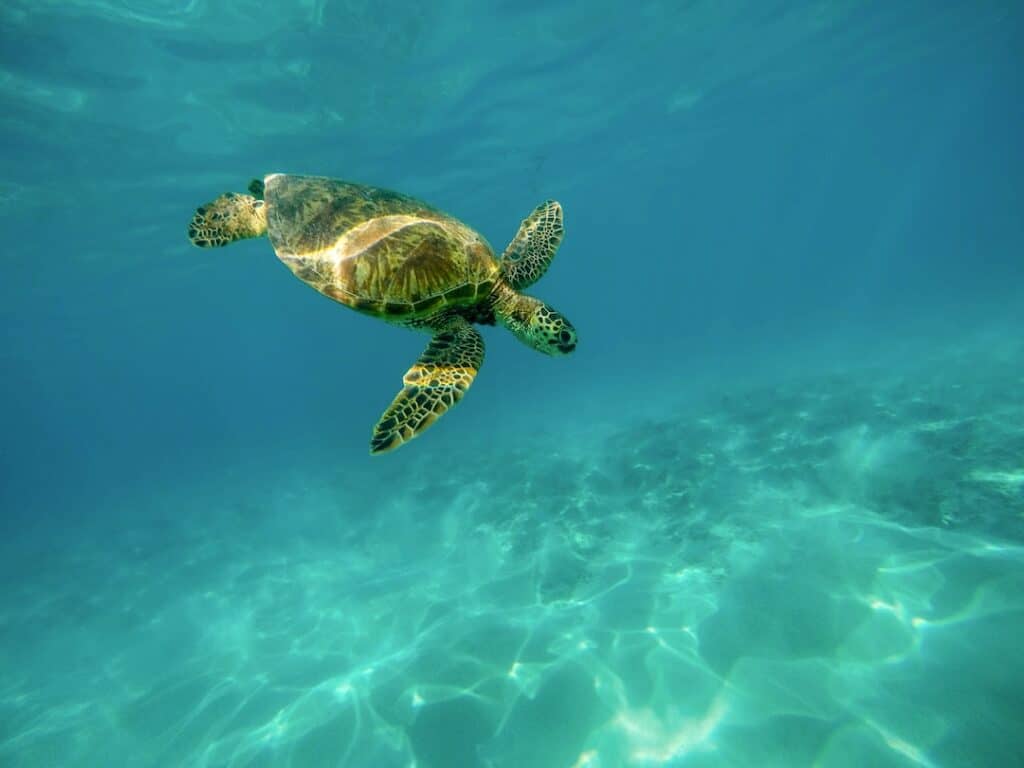
Hawaiian Islands have two national parks, Hawaii Volcanoes National Park and Haleakalā National Park.
These parks preserve natural beauty and Hawaiian culture.
Hawaii Volcanoes National Park is situated on the Big Island and showcases the powerful and ever-changing volcanic activity.
Visitors can witness the raw energy of the Earth as Kīlauea and Mauna Loa, two of the world’s most active volcanoes, continuously reshape the land.
This unique park provides the opportunity to explore diverse ecosystems that have emerged from the lava flows over centuries, and to witness the birth of new land.
On the island of Maui, Haleakalā National Park offers a different but equally mesmerizing environment.
The massive Haleakalā volcano dominates the park, which forms over three-quarters of the island.
Known for its stunning sunrises, serene landscapes, and the stark beauty of its summit area, the park provides a moment of profound peace and reflection.
Visitors can experience the quiet majesty of the crater at dawn, often enveloped in a cloak of clouds.
These parks preserve the physical landscape and Hawaiian culture.
They protect sacred sites, native ecosystems, and habitats for countless endemic species.
These living museums celebrate the connection between nature and culture, ensuring that Hawaii’s heritage remains a vibrant part of the islands’ identity.
Hawaii Volcanoes and Haleakalā National Parks offer a beautiful and insightful experience, showcasing Hawaii’s creation, resilience, and reverence for the land.
They teach us lessons in conservation, respect, and interconnectedness.
👉 Embark on an adventure to Hawaii’s majestic National Parks. Find and book your perfect lodging nearby to wake up to breathtaking views and unparalleled access to natural wonders.
Hawaii Volcanoes National Park: A Journey to the Heart of Earth’s Power
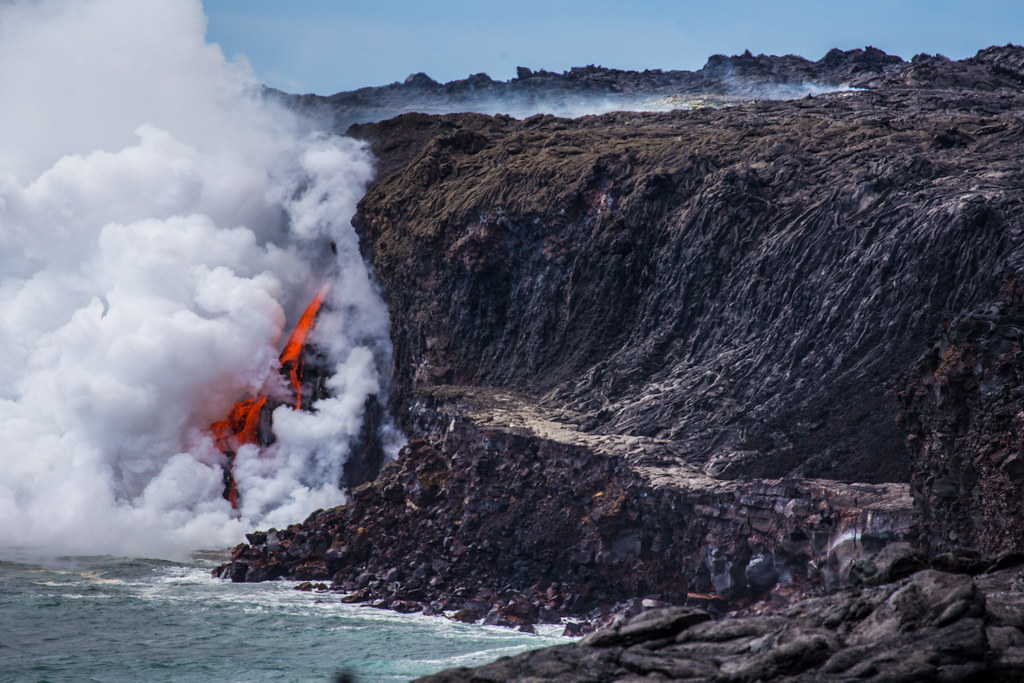
Located on the Big Island of Hawaii, Hawaiʻi Volcanoes National Park is a stunning showcase of nature’s power and the breathtaking beauty of volcanic landscapes.
This park is home to two of the most active volcanoes in the world, Kīlauea and Mauna Loa, providing visitors with a unique opportunity to witness the incredible forces that shape our planet.
These volcanoes hold great cultural significance for the native Hawaiian people, representing both creation and destruction.
👉 Let Skyscanner be your guide to Hawaii’s unparalleled beauty. Find and book flights to embark on a journey through lush landscapes and volcanic vistas in Hawaii’s National Parks.
What to See and Do
- Day Hiking: Immerse yourself in the park’s volcanic terrain with short hikes or walks, offering an intimate experience of its unique geological features.
- Backcountry Hiking: Venture into the heart of over 123,000 acres of legally designated wilderness for an unparalleled exploration of native ecosystems and volcanic landscapes.
- Chain of Craters Road Tour: Descend the slopes of Kīlauea to the sea on this spectacular drive, witnessing the dramatic landscape shaped by centuries of volcanic activity.
- The Kahuku Unit: Discover Kahuku, a land marked by dynamic volcanism, rich Hawaiian traditions, and a fascinating history of ranching, offering a diverse experience of the island’s heritage and natural beauty.
- Crater Rim Drive: This scenic drive offers panoramic views of the Kīlauea Caldera, lush rainforests, and desert landscapes. It’s a gateway to many of the park’s key attractions, including steam vents and the Kīlauea Iki overlook.
- Thurston Lava Tube (Nāhuku): Step into a different world as you walk through a 500-year-old lava tube, a natural tunnel formed by flowing lava, now cooled and draped in a canopy of tropical ferns.
- Night Viewing of Lava Flows: For those seeking a truly unforgettable experience, the park sometimes offers the chance to observe glowing lava flows under the stars, a vivid reminder of the earth’s ever-changing nature.
Unique Flora and Fauna
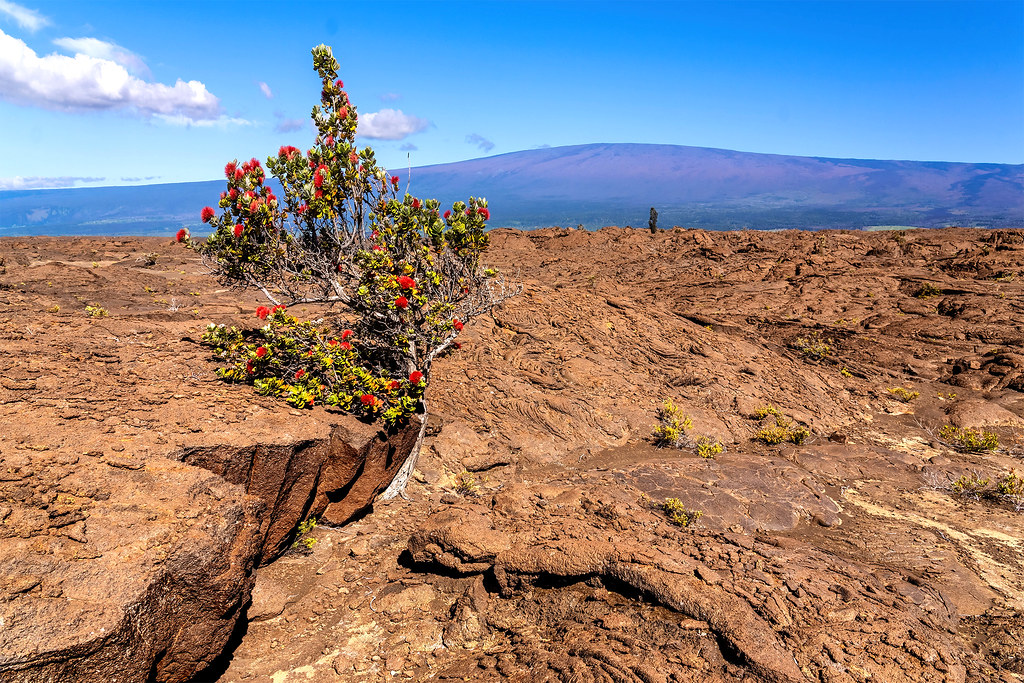
Hawaiʻi Volcanoes National Park is a sanctuary for unique ecosystems that have evolved in isolation.
The park is home to endangered species like the nēnē (Hawaiian goose) and the Hawaiian petrel, as well as a diverse array of native plants that have adapted to life on the lava plains.
These species’ survival amidst such a volatile landscape is a testament to the resilience of life.
👉 Discover the ultimate base for exploring Hawaii’s National Parks. Secure your accommodation now and immerse yourself in the islands’ stunning landscapes and rich cultural heritage.
Cultural Highlights
The park is not just a place of natural beauty but also a cultural treasure, rich in the traditions and narratives of the Native Hawaiian people.
The ancient petroglyphs, etched into the lava rock, provide a glimpse into the lives of the early inhabitants of these islands.
These engravings, found along the Puʻuloa Petroglyphs Trail, are considered sacred, as they tell stories of births, travels, and the profound connection between the people and their surroundings.
Best Times to Visit

To avoid the crowds and enjoy a more solitary experience, consider visiting during the shoulder seasons, April-May and September-October.
Early morning or late afternoon visits can also help you escape the peak visitor times, offering a more intimate encounter with the park’s wonders.
Entry Requirements, Fees, and Permit Information
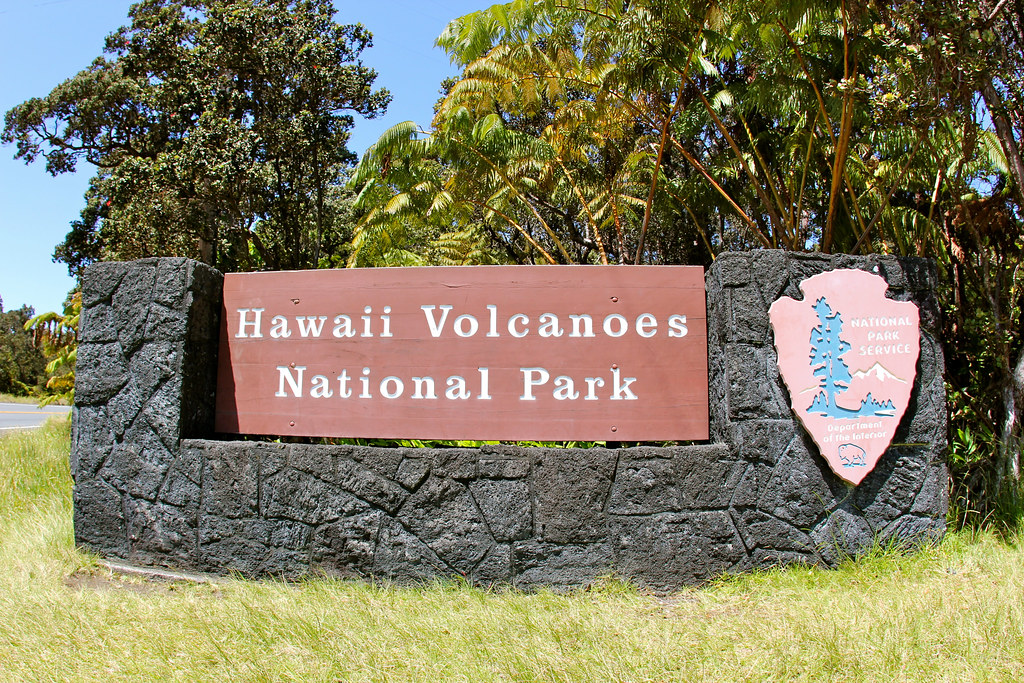
Entrance Fee (Standard Entrance Pass)
| Type | Dates | Cost |
|---|---|---|
| Private Vehicle | Year-round | $30.00 |
| Motorcycle | Year-round | $25.00 |
| Per Person | Year-round | $15.00 |
Hawaiʻi Volcanoes National Park offers a chance to witness the beauty of Hawaii’s natural power and cultural heritage.
Visit to experience the awe of creation and respect for nature that defines the spirit of Hawaii.
👉 Experience the magic of Hawaiian National Parks by starting with the perfect flight on Skyscanner.
Haleakalā National Park: Serenity Above the Clouds
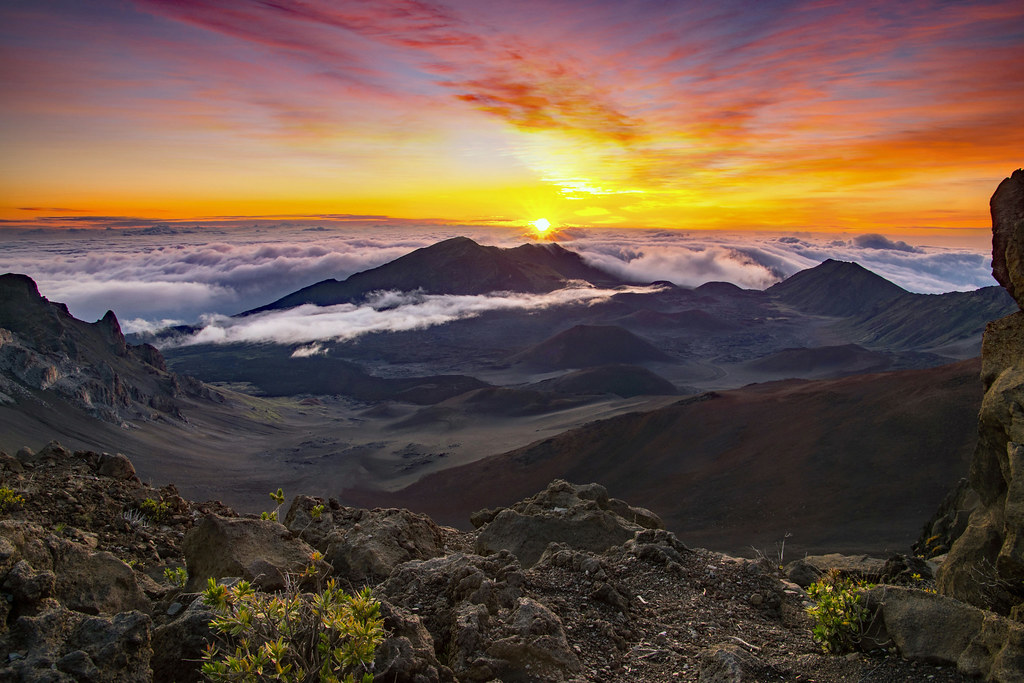
Located on the island of Maui, Haleakalā National Park provides visitors with a peaceful retreat above the busy beaches and rainforests.
At the center of this park is the huge Haleakalā Crater, a dormant volcano that dominates the landscape.
The name Haleakalā means “house of the sun” in Hawaiian, which refers to the ancient tales that describe this place as a crucial battleground where the demigod Maui captured the sun.
This park is not just famous for its stunning views, but it is also considered a sacred space that connects the natural and spiritual worlds.
Sunrise and Sunset

- Witnessing the Sunrise:
To experience the magic of Haleakalā, arrive early for the sunrise.
The sight of the sun cresting the cloud bank, illuminating the crater in hues of orange and pink, is nothing short of spiritual.
Reservations are required for sunrise viewing to protect the park’s delicate ecosystems and ensure a serene experience for all. - Sunset Serenity:
For those who prefer a quieter moment, sunset offers a spectacular display of light and shadow across the crater.
The changing colors of the sky and the cooling air create a peaceful end to the day, no reservation required. Couples will love this romantic backdrop.
Hiking Trails
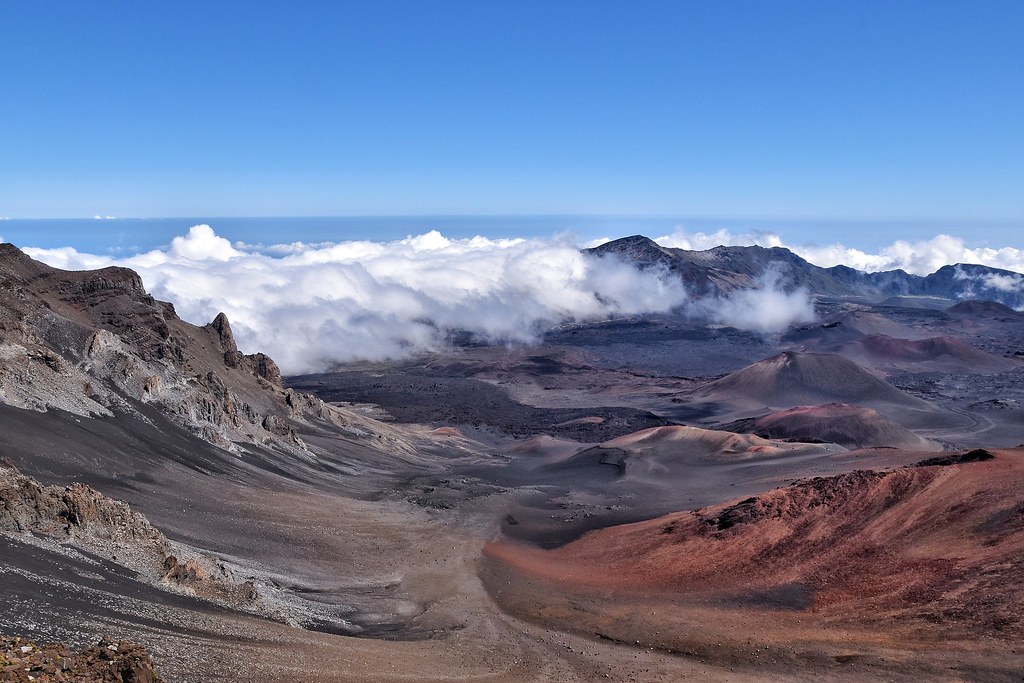
- Waimoku Falls via Pipiwai Trail: A scenic hike through Haleakalā National Park leading to the stunning Waimoku Falls, highlighted by lush landscapes and historic trails.
- Sliding Sands (Keonehe‘ehe‘e): A challenging trek into the heart of Haleakalā crater featuring alien landscapes and unique flora.
- Kapalaoa Cabin via Sliding Sands Trail: Offers breathtaking views and a strenuous hike to Kapalaoa Cabin, showcasing the park’s rugged beauty.
- Seven Sacred Pools Trail (‘Ohe’o Gulch): An easy, scenic walk to the famous ‘Ohe’o Gulch, featuring ocean views, lush vegetation, and tranquil pools.
- Halemau’u Haleakala Overlook Trail: Descends from Halemau’u Trailhead into a lush valley, leading to Holua Campground with stunning overlooks.
- Pa Ka’oao Trail (White Hill Trail): A short hike from the visitor center offering panoramic views of the Haleakalā Valley from the summit.
- Hosmer Grove Campground Trail: A brief walk through native shrubland and an alien-like landscape, reflecting the area’s historical land use.
- Halalai’i and Pu’unaue Trail: A challenging loop through the cinder desert of Haleakalā National Park, offering otherworldly landscapes.
- Leleiwi Overlook Trail: A quick hike to an overlook with breathtaking views of the surrounding landscape and ocean.
- Red Hill Overlook Summit Trail: Leads to the summit for expansive views of the crater and beyond, showcasing the park’s majestic beauty.
👉 Make your Hawaiian National Park visit unforgettable by booking a stay close to the heart of nature.
Cultural Connections
Haleakalā National Park is deeply rooted in Hawaiian culture, embodying the reverence for nature that is a hallmark of the islands’ traditions.
The park plays a crucial role in the preservation of this cultural heritage, protecting not just the land but the stories and practices that have been passed down through generations.
Legends of Maui and the sun highlight the crater as a place of great power and significance, a reminder of the connection between the people and the celestial forces.
Best Times to Visit
The sunrise at Haleakalā is a popular attraction, drawing large numbers of visitors.
For a less crowded experience, aim for a sunset visit instead.
The park’s beauty is equally mesmerizing at this time, and the reduced crowd size can make the experience more personal and serene.
👉 With Skyscanner, your adventure to Hawaii’s National Parks begins in the air. Find unbeatable flight options to the islands and prepare to explore the natural splendor of Hawaii.
Entrance Fees
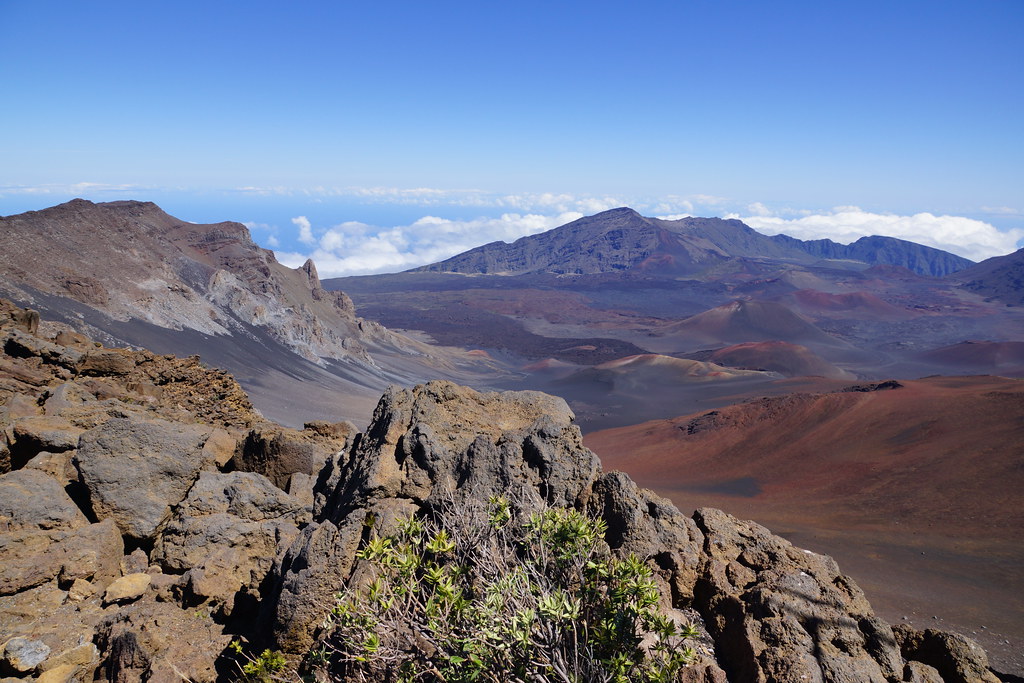
Beginning July 1, 2023, Haleakalā National Park will transition to a cashless system for all entrance and payment fees, enhancing the convenience and efficiency of park visits. Here’s what visitors need to know about the updated fee structure and pass options:
| Type | Dates | Cost |
|---|---|---|
| Private Vehicle | Year-round | $30.00 |
| Motorcycle | Year-round | $25.00 |
| Per Person | Year-round | $15.00 |
Annual Entrance – Park:
Priced at $55.00, this pass is valid for 12 months from the purchase date.
It admits the pass holder and passengers in a non-commercial vehicle (with a capacity of 14 or less) to Haleakalā National Park, Hawaiʻi Volcanoes National Park, and Puʻuhonua ʻO Hōnaunau National Historical Park.
Note that all other National Park sites in Hawaiʻi do not charge an entrance fee.
Additional Pass Options
America the Beautiful – The National Parks and Federal Recreational Lands Pass Series: Ranging from FREE to $80.00, Interagency passes provide access to over 2,000 federal recreation sites across the US, covering entrance and amenity fees.
Haleakalā National Park is a tranquil and awe-inspiring place where ancient stories unfold amidst unparalleled natural beauty.
The silence speaks volumes, offering a serene space to reflect on the majesty of the natural world and Hawaiian culture’s enduring legacy.
👉 Reserve your gateway to Hawaii’s natural treasures. Book your accommodation near the National Parks to ensure easy access to hiking trails, volcanic landscapes, and serene beaches.
Beyond the National Parks: Hawaii’s Historic and Cultural Gems
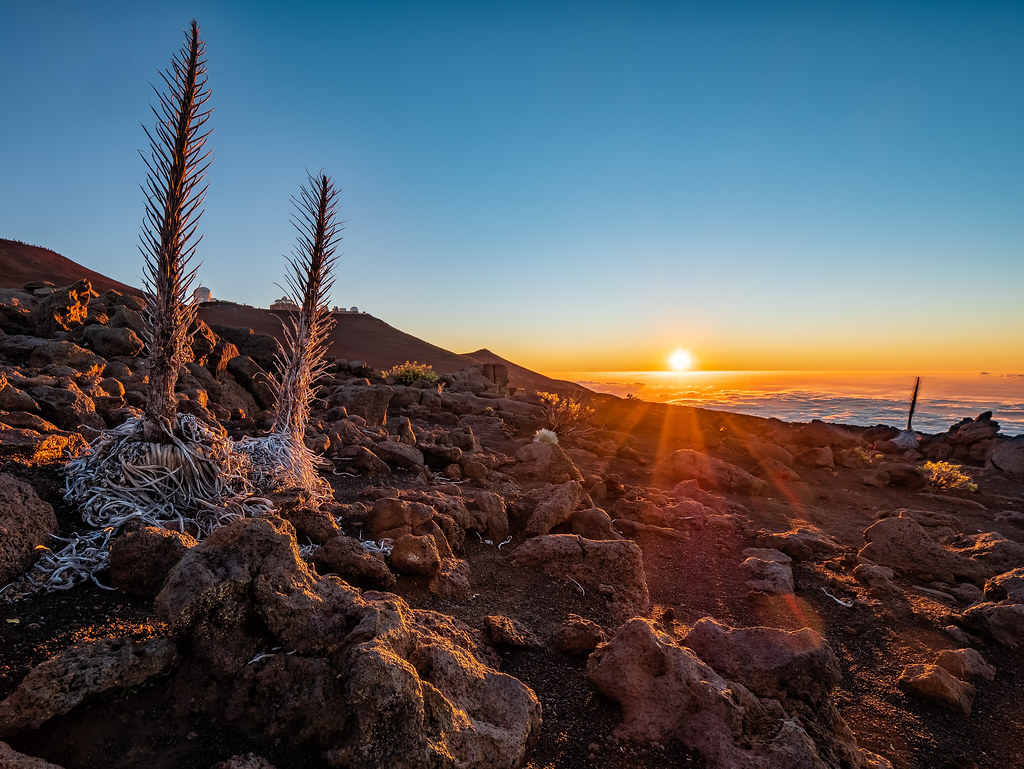
Hawaii has significant historical and cultural sites, which are equally important in understanding its rich heritage.
These locations include national historical parks, trails, and memorials that offer insight into the Hawaiian culture and pivotal moments in U.S. history.
Ala Kahakai National Historic Trail:

Discover the essence of traditional Native Hawaiian culture and the rich natural resources of Hawaii with a journey along the Ala Kahakai National Historic Trail.
Established in 2000, this trail network spans 175 miles, offering a deep dive into Hawaii’s cultural and historical landscapes.
- Cultural Journey: Following the ancient ala loa (long trail), Ala Kahakai winds through prehistoric settlement sites and past over 200 ahupua’a (traditional land divisions), showcasing the diverse construction methods and materials from sandy shores to rugged lava flows.
- Community Stewardship: Managed by the community and descendant-led teams, the trail segments within Ala Kahakai are a testament to the dedication to preserving Hawaii’s significant natural areas, ecosystems, and cultural heritage. Accessible segments within Hawai’i’s four national parks and under the Hawai’i State Na Ala Hele program invite public exploration of this historic pathway.
Ala Kahakai is not just a trail; it’s a living museum, a connector of communities, and a unique opportunity to walk in the footsteps of history along the beautiful shoreline of Hawaii.
Kalaupapa National Historical Park:
The Kalaupapa National Historical Park is a memorial that represents the strength and resilience of individuals affected by Hansen’s Disease, also known as leprosy.
From 1866 to 1969, people diagnosed with this condition were forcibly isolated on the remote Kalaupapa peninsula located on Molokai Island.
The community that was formed there represents both tragedy and strength.
- Legacy of Hope: The park’s primary narrative focuses on honoring the lives of the Kalaupapa residents, past and present. Despite the challenges of forced isolation, the settlement emerged as a testament to human dignity and perseverance.
- Living History: Kalaupapa is more than a historical site; it remains a home to surviving residents, preserving their stories as crucial parts of Hawaiian history. Their experiences offer invaluable lessons in compassion, resilience, and the power of community.
Kalaupapa was declared a national park in 1980.
It is a significant educational resource and an important place for reflection on the human spirit’s endurance in the face of adversity.
Visitors are invited to pay their respects and honor the legacy of those who lived here.
By doing so, they can help ensure that the memories of these individuals continue to inspire future generations.
👉 Use Skyscanner to unlock the gateway to Hawaii’s majestic National Parks.
Kaloko-Honokōhau National Historical Park:

Kaloko-Honokōhau National Historic Park is located on the Kona Coast of the Big Island.
This park was established in 1978 and spans across 1,160 acres of land.
Visitors can witness an impressive collection of historic resources amidst Hualalai Volcano’s lava flows meeting the sea.
It is a safe haven, devoted to conserving and celebrating Native Hawaiian culture and natural history.
- Cultural Marvels: Explore the park’s ancient fishponds, kahua (home site platforms), ki’i’pohaku (petroglyphs), and heiau (religious site), each telling a story of innovation, spirituality, and community.
- Natural Wonders: The park’s coastal and marine preserve is a haven for wildlife, including the honu (Hawaiian green sea turtles), native birds, and occasionally, the elusive Hawaiian monk seal basking on the shores.
The Visitor Center is open daily from 8:30 a.m. to 4 p.m.
Vehicle access is available from 8 a.m. to 5 p.m. daily via Kaloko Road.
Discover the Native Hawaiian’s engineering and environmental stewardship through programs and tours.
Visit Kaloko-Honokōhau National Historic Park to connect with Hawaii’s ancient past amidst the stunning natural setting of the Kona Coast.
Puʻuhonua o Hōnaunau National Historical Park:
Puʻuhonua o Hōnaunau National Historical Park is situated on the South Kona coast of Big Island.
It is a timeless sanctuary that provides a profound insight into the spiritual and social intricacies of ancient Hawaiian society.
The park spans over 180 acres and is known as the “Place of Refuge.” It was a vital sanctuary for those seeking absolution from the breach of kapu, the sacred laws that were fundamental to Hawaiian culture.
- Cultural Immersion: The park was historically a complex of royal grounds and a haven for kapu breakers, where rituals of forgiveness allowed them to reintegrate into society. Today, it offers a captivating journey into these ancient practices through well-preserved sites and artifacts.
- Exploring the Grounds: Visitors can embark on a self-guided tour, highlighted by the imposing Great Wall and the Hale o Keawe Heiau, guarded by kiʻi (wooden god images) and housing the remains of 23 aliʻi (chiefs). The rugged lava rock shoreline and strategic location underscored the site’s sanctity and inaccessibility to those fleeing kapu violation.
The Royal Grounds at Puʻuhonua o Hōnaunau offer a glimpse into the ceremonial spaces of aliʻi, revealing the power, spirituality, and community of early Hawaiian life.
This sacred place of refuge is a testament to Hawaii’s rich cultural heritage, inviting visitors to experience its beauty and history, especially at sunset.
👉 Nestle yourself near the natural wonders of Hawaii’s National Parks. Book your ideal accommodation now and wake up to the islands’ breathtaking beauty, ready for daily adventures.
Pearl Harbor National Memorial:

The Pearl Harbor National Memorial is a somber tribute to one of the most significant and tragic events in American history – the attack on Pearl Harbor on December 7, 1941.
It is located at Joint Base Pearl Harbor-Hickam on Oahu Island, Hawaii, and serves to honor the memory of those who lost their lives in the attack that marked the United States’ entry into World War II.
- Historic Sites: The memorial encompasses nine historic sites that capture the essence of the War in the Pacific, from the devastating morning of the attack on the USS Arizona to the end of the war aboard the USS Missouri in Tokyo Bay.
- Visitor Experience: At the Pearl Harbor Visitor Center, guests can start their journey at Aloha Court for an orientation, then explore the “Road to War” and “Attack” exhibit galleries. These galleries offer an immersive experience with personal memorabilia, photographs, and artifacts, complemented by audio histories from witnesses.
- Memorial Theater: The Pearl Harbor Memorial Theater presents a 23-minute documentary detailing the attack, providing a poignant context for the visit.
- Educational Resources: The bookstore offers a wide selection of books, videos, and memorabilia related to Pearl Harbor and the Pacific War, enriching visitors’ understanding of this pivotal period.
- Interpretive Exhibits: Wayside exhibits along the water’s edge and throughout the visitor center use descriptive imagery to bridge the past and present, allowing visitors to visualize Pearl Harbor as it was in 1941.
- Remembrance Circle: This dedicated space pays homage to the military and civilian lives lost, with Medal of Honor recipients honored in gold lettering and a bronze 3-D map highlighting attack targets.
Pearl Harbor National Memorial: a site of historical significance, reflection, education, and remembrance.
The Importance of These Sites
These places, although not officially designated as national parks, are equally important in safeguarding Hawaii’s rich history and cultural identity.
They provide visitors with a profound insight into the islands’ past, ranging from the traditional practices and lifestyle of the ancient Hawaiian civilization to significant events that have influenced the nation’s history.
Each location narrates a portion of Hawaii’s story, offering a glimpse into the diverse fabric of its cultural and historical heritage.
👉 Fly into the heart of paradise with Skyscanner’s top flight deals to Hawaii.
Preserving Paradise: The Role of National Parks
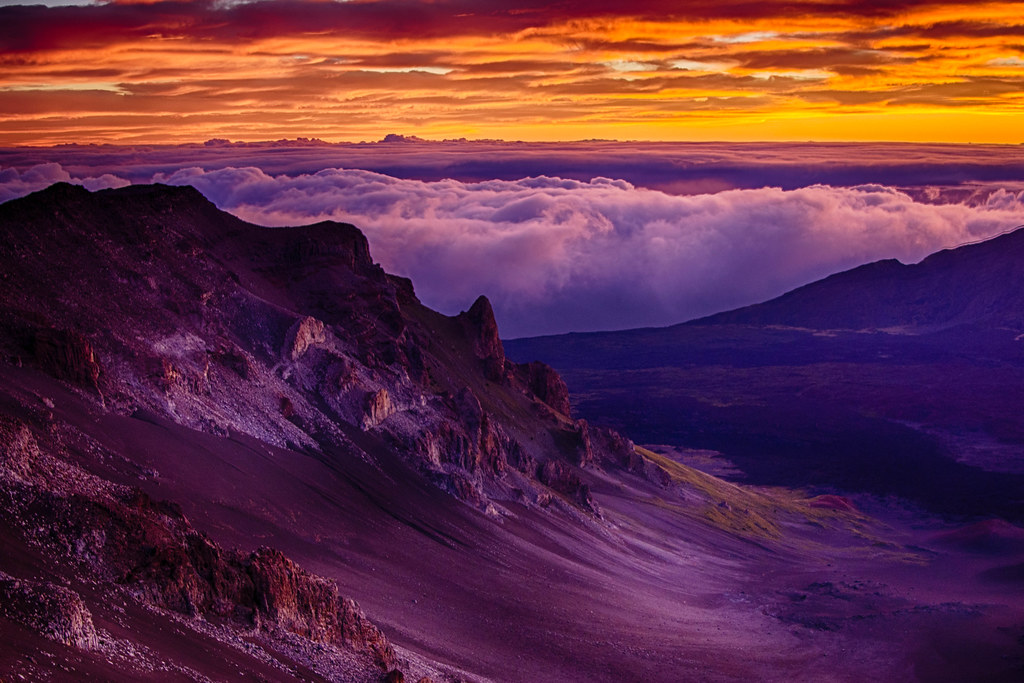
The National Park Service (NPS) holds a crucial role in safeguarding Hawaii’s natural and cultural resources, ensuring that the islands’ unique ecosystems and rich heritage remain intact for generations to come.
The NPS not only protects landscapes, but also the preservation of a way of life deeply rooted in the land and its ancestors.
The NPS aims to maintain the delicate balance between nature and human activity in these cherished spaces by implementing careful conservation efforts, conducting research, and engaging with the community.
NPS Conservation Efforts
The National Park Service (NPS) has launched various initiatives to preserve the natural and cultural significance of Hawaii.
These efforts include restoring habitats to revive native flora and fauna, protecting endangered species. And implementing programs to prevent the introduction and spread of invasive species that threaten the islands’ biodiversity.
Furthermore, the NPS is working hard to safeguard archaeological sites and cultural landscapes to ensure that Hawaii’s rich past remains a living part of its present.
👉 Enhance your Hawaiian National Parks experience with the perfect basecamp. Find and book a place that offers a serene retreat after a day of exploration, surrounded by nature’s majesty.
Visitor Contributions to Conservation
Tourists who visit Hawaii’s national parks have a vital role to play in preserving the environment.
The National Park Service (NPS) advocates responsible tourism through the “Leave No Trace” principle, which encourages visitors to reduce their impact on the environment by sticking to designated paths, disposing of waste properly, and showing respect for wildlife and natural habitats.
Here are some ways that tourists can help preserve Hawaii’s natural and cultural treasures:
- Participate in Volunteer Programs: Many parks offer volunteer opportunities that allow visitors to get involved in conservation projects, such as reforestation efforts and beach clean-ups.
- Educate Themselves and Others: The NPS provides educational programs and materials that highlight the importance of conservation. By learning about the challenges facing Hawaii’s ecosystems and sharing this knowledge, visitors can advocate for preservation efforts.
- Support Conservation Initiatives: Donations to non-profit organizations that partner with the NPS can further conservation projects and cultural preservation initiatives within the parks.
Let’s work together to preserve Hawaii’s national parks.
With the dedication of the NPS and the respect of visitors, we can protect these natural wonders and cultural landmarks for years to come.
It’s not just preservation, it’s a commitment to honoring the connections between the land, its people, and the global community.
Tours, Educational Programs, and Activities

Guided Tours:
Guided tours led by knowledgeable rangers or local experts are available at both parks, providing deeper insights into the geological features, wildlife, and cultural significance.
Tour options range from short walks to full-day hikes.
Educational Programs:
Participate in the educational programs available at visitor centers.
These programs are designed to enrich your understanding of the park’s natural and cultural heritage and are suitable for all ages.
Self-Guided Activities:
Discover the parks at your own speed with self-guided activities.
The hiking trails in both parks cater to all levels of experience, from easy strolls to challenging treks.
You can avail of brochures and mobile apps that will give you guidance and pinpoint important locations while providing interpretive information to enrich your experience.
Respect the Land:
It is important to remember that national parks contain fragile ecosystems and sacred sites and, therefore, require visitors to follow all guidelines and regulations.
Visitors must stay on designated trails and avoid disturbing the wildlife.
Additionally, visitors should take only photos and leave the parks as pristine as they found them.
👉 Discover the easiest way to reach Hawaii’s breathtaking National Parks with Skyscanner.
Conclusion: A Journey Through Paradise

Hawaii’s national parks and historic sites offer unforgettable experiences that intertwine adventure with serenity.
From the dynamic landscapes of Hawaiʻi Volcanoes National Park to the tranquil heights of Haleakalā, each step offers a story, a discovery, and a moment of awe.
As you walk through these sacred lands, you’re invited to connect with nature and feel the warmth of the sun, hear the whispers of the past, and witness the earth’s creation.
These experiences offer insights into the natural world and our place within it, reminding us of the delicate balance that must be maintained.
Let us be stewards of these treasures and honor the legacy of those who have come before us.
👉 Choose your sanctuary near Hawaii’s awe-inspiring National Parks.


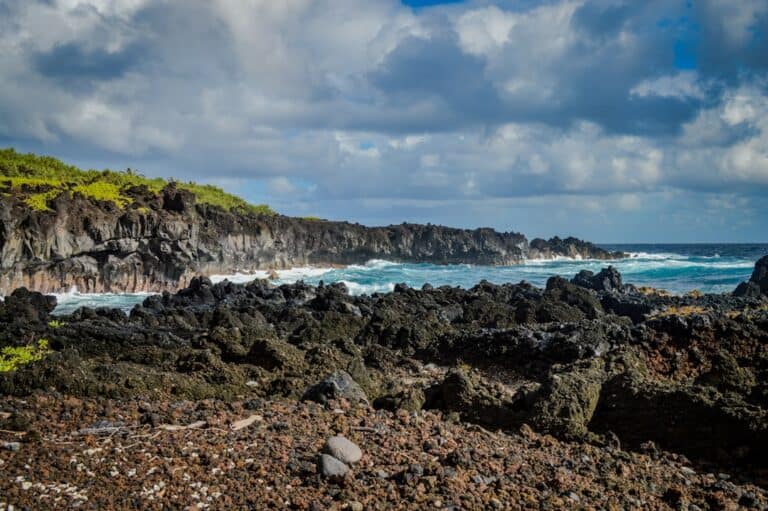

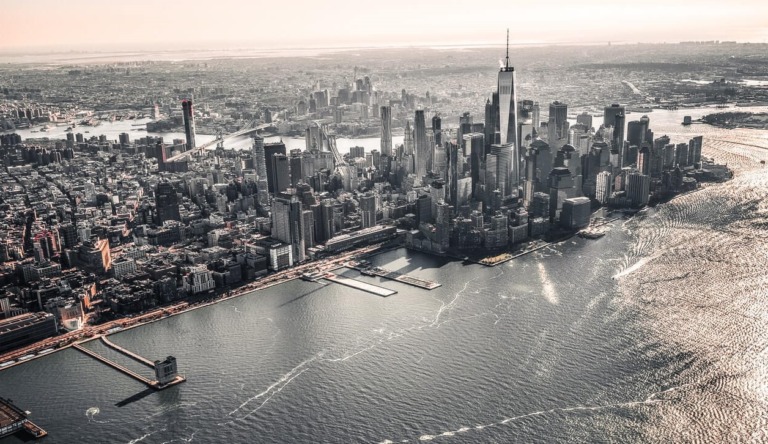
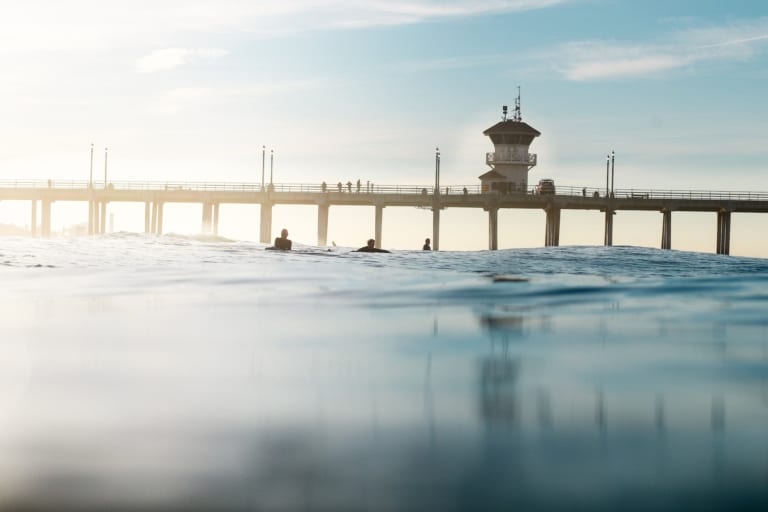
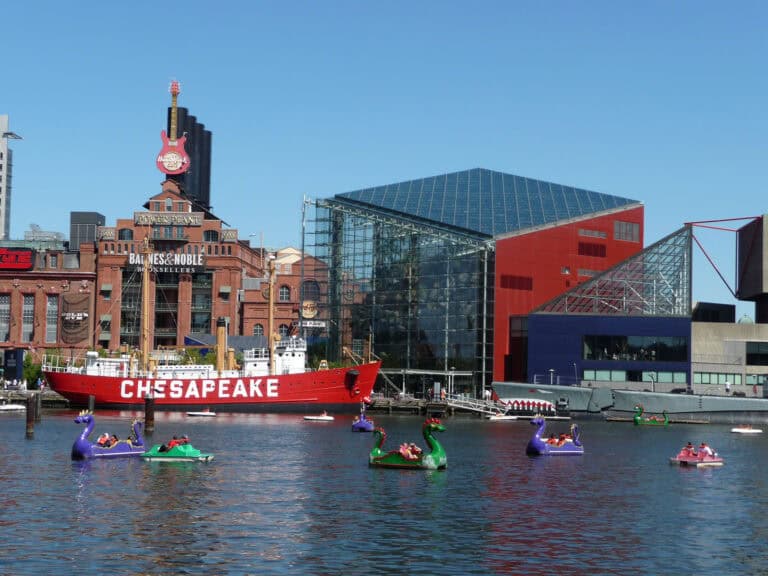
One Comment
Comments are closed.